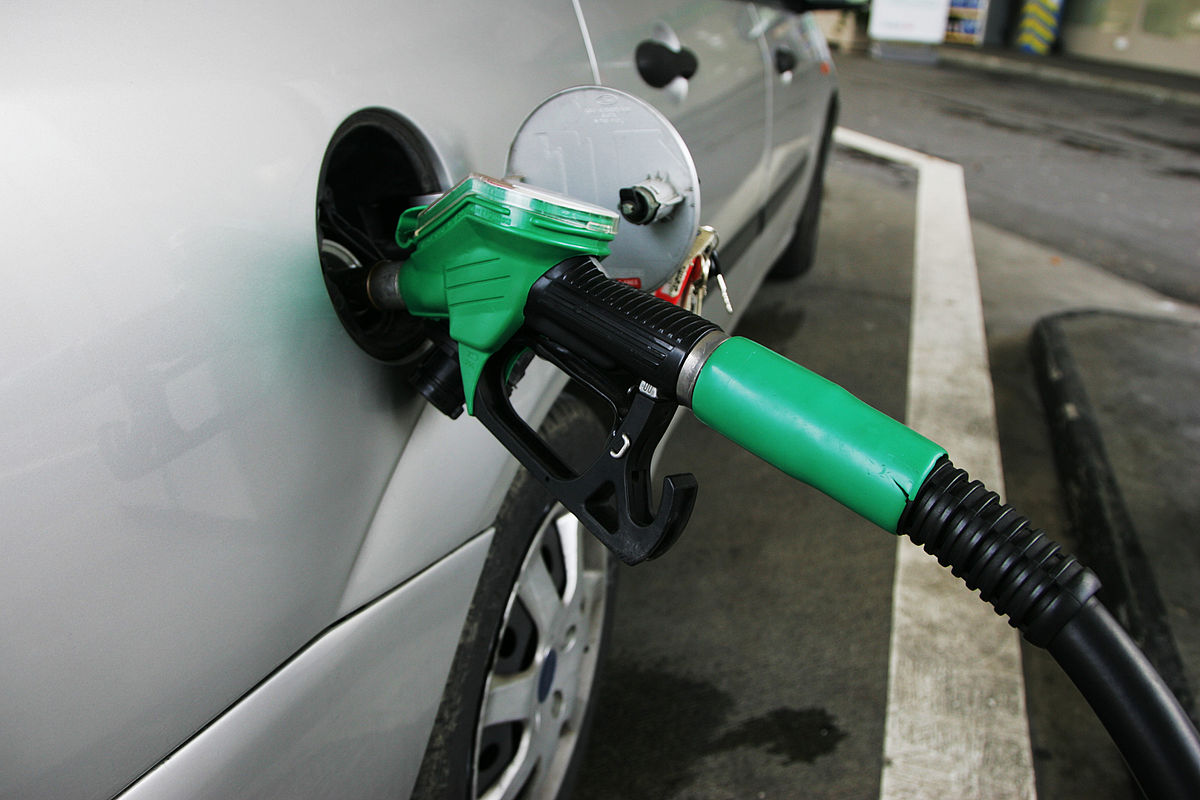
- Category:
- News
Incoming E10 Petrol a “stepping stone” to zero emission vehicles
Fergus Worthy, General Manager, Scotland, explains the role of E10 in the future of transport and the impacts of its introduction for Green Fleet Magazine:
The transport sector remains the largest contributor of greenhouse gases, responsible for 28% of all domestic emissions in the UK, and an estimated 40,000 deaths each year are thought to be linked to poor air quality.
To reduce CO2 emissions from petrol vehicles and to help meet emission reduction targets, the government is set to introduce E10 petrol at forecourts throughout the UK in 2021, following an open consultation earlier this year.
Using E10 petrol (10% bioethanol mix) instead of the current E5 petrol (5% bioethanol mix) could reduce road transport CO2 emissions by 2% annually (750,000 tonnes of CO2), equivalent to taking 350,000 cars off the UK roads.
For comparison, diesel is already run at higher blends, typically between B7-B10 (7-10% biodiesel; ‘B’ to differentiate from petrol’s ‘E’) at the pumps, while some fleets use bunkered fuel at B20 or B30.
The evidence suggests that E10 is a viable and effective stepping stone in the decarbonisation of the UK transport network.
Tackling emissions from transport is key to achieving the 2050 carbon targets, and electric vehicles will play a significant role in a net zero future.
Pushing for zero tailpipe emission passenger vehicles as quickly as possible should be a priority but, while petrol vehicles remain in the vehicle parc in the short to medium term, they need to use the cleanest, lowest emission fuel available.
Petrol blended with 10% renewably sourced bioethanol is a practical lower emission solution for drivers, but limited for two main reasons.
Firstly, bioethanol is less energy intensive than conventional petrol – however a rise from E5 to E10 is unlikely to be noticeable to consumers as other factors, such as driving style, have a greater impact on fuel consumption.
Second, some vehicles may not be compatible with stronger blends of bioethanol, or it may invalidate the manufacturer’s warranty; Cenex estimates that 600,000 vehicles (predominantly older and classic cars) in the UK would be affected by the transition to E10, though this number will fall as they are removed from the roads.
This is why it is important any introduction of E10 is rolled out with targeted communications activity and public engagement at the forefront.
Labelling at the pump is crucial as it will be seen by all consumers while refuelling; it needs to clearly communicate what E10 is, what the environmental benefits are and that it will not affect vehicle performance.
E10 petrol is already standard in a number of countries across Europe, including France (since 2009), Finland, Belgium and The Netherlands, and represents a growing share of the market.
Vehicles made for the UK market have been E10 compatible since 2011, and there will be no need to alter existing infrastructure or pump operation, suggesting that the transition will be a smooth one.
To aid the transition when introduced, E10 needs to be widely available and become the default as quickly as possible on forecourts, with appropriate retailers providing E5 for older vehicles.
It is noted that leading fuel suppliers have already given express assurances that E5 will still be available to purchase at many forecourts for those concerned.
A phased introduction will give retailers the flexibility to introduce E10 at their own pace, but this must be over a short period of time to avoid confusion and bring the environmental benefits around earlier.
In the future, there may be the potential to move to higher bioethanol blends with lower emissions than E10, though trials will need to assess potential impacts on vehicle efficiency and maintenance.
For Cenex the next major trend is not about higher blends though, it is about looking towards the 2035 phase out date of petrol and diesel vehicles, or possibly even earlier.
Battery and hydrogen fuel cell electric vehicles are proving reliable, viable solutions for low emission transport.
When looking at net zero and clean transport, the electricity to charge and hydrogen to fuel these vehicles must be generated from renewable energy to minimise vehicle emissions and maximise decarbonisation of transport and energy systems.
The next five to ten years will see a significant increase in electric vehicle uptake as the technology continues to improve, vehicle choices increase, and costs fall which will make them an increasingly attractive, cost-effective proposition for consumers at all levels of society.
It is also important to see increased investment in active travel, public transport, and shared mobility schemes such as car clubs to reduce private car mileage and therefore emissions and congestion.
In the meantime, E10 will achieve significant reductions in CO2 with no disruption to the UK’s transport infrastructure and will play a significant part in helping the UK achieve its net zero emissions targets.
Subscribe to the newsletter for more low emission news and research.